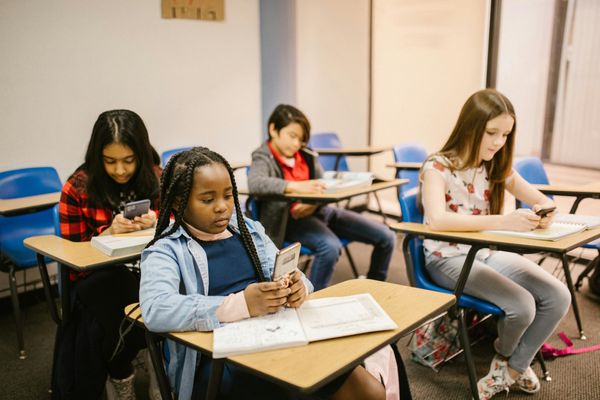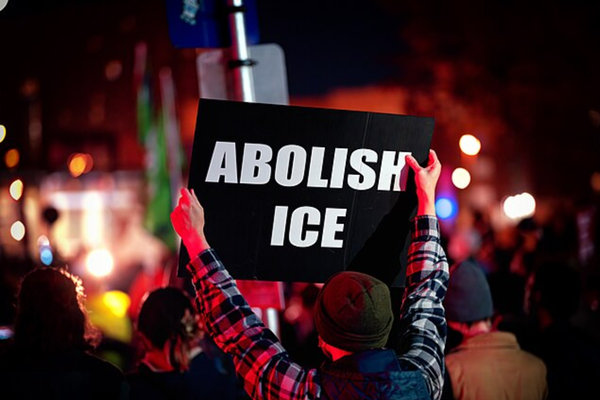
By Jessica Collins
Last year, Hilda Heine, former president of the Marshall Islands, congratulated Fiame Naomi Mata’afa on her election as Prime Minister of Samoa. Heine noted that Fiame Mata’afa’s win was “a win for Pacific Women.”
Extraordinary, even. Fiame Mata’afa is the first female prime minister in a country where traditional rules around political leadership can prevent women from standing as a contender in elections. There, one out of ten villages prohibit women from becoming a matai, or village chief, and only matai can be elected to parliament. Only 7% of Samoa’s matai were female at the last survey conducted in 2015. The odds of having a Samoan female PM are slim.
Heine’s comment, though, was pointing to a win much bigger than Mata’afa’s local triumph. Across the Pacific, levels of female political leadership are the lowest in the world, and only two women – Heine and Mata’afa – have served as the heads of their government in the Pacific Islands region (outside Australia and New Zealand).
This month, high-level political women from Pacific Islands Forum (PIF) member states convened the first Pacific Islands Forum Women Leaders Meeting (PIFWLM), which will now be held annually ahead of the Pacific Islands Forum Leaders Meeting. It’s an historic moment for the voice of Pacific women and is now enshrined into the regional decision-making process of the PIF.
In her keynote address to the PIFWLM, Mata’afa said the meeting was critical for pursuing gender equality across the Pacific. Her message for this inaugural event was clear: it’s time for leaders “to move beyond rhetoric,” the need now to focus on how to strengthen outcomes for women and girls, without leaving anyone behind.
Mata’afa was signalling an era of change, with Pacific women leaders driving more action. There’s certainly a need. According to evaluations of Australia’s gender equality program for Pacific women and girls, which ran for around a decade, only modest improvements to social issues such as domestic violence were identified.

The program, Pacific Women Shaping Pacific Development, connected around 180 gender equality initiatives in 14 Pacific Island countries. Now, the program is being rebooted as Pacific Women Lead. It’s a Pacific women-led initiative, in which Pacific women leaders are redesigning the program and are in decision-making and advisory positions. The new design framework suggests more emphasis will be placed on empowering women to lead, meaning less emphasis will be on supporting victims of violence (which received the lion’s share of funding under the previous program).
The program is likely to take into consideration that Pacific women need to be empowered safely – in environments supportive of female leadership – and that leadership initiatives must reach into all communities, regardless of access to business or parliamentary networks. How this program gets implemented is up to the Pacific women that lead it, and it will act as an example of what Mata’afa is calling for: more action and less talk.
There’s plenty of space for more (or more effective) action to help boost female representation in politics across the Pacific. Short-term initiatives too often do little to move the needle on the issue. In Papua New Guinea, for example, where no women serve in its parliament, a woman commented, “We only talk about women when it’s election time … And I think that’s the issue. There was a whole five years that more things could have been done.”
In some Pacific Island countries, there are workshops run by donor countries, such as the United States’ two-day workshop helping to build women’s resilience in political campaigns. Initiatives also exist to help women get the experience of political leadership, including Practice Parliament. But these types of initiatives fall short of what is needed. Tonga’s Practice Parliament is described by organizers as “a once in a lifetime experience for women to sit in a near reality parliamentary setting.” Near-reality settings aren’t good enough, and more needs to be done over the long-term to ensure these women are making real decisions in real parliaments. Programs to boost women’s political leadership need to be ongoing, regardless of where the electoral cycle is.
Women’s economic empowerment is also key to unlocking gender equality in the Pacific. But if women’s economic empowerment is to be achieved, childcare options need to be addressed. As more families move to urban centers for work, they’re leaving behind important village social structures that provide access to the most traditional form of childcare – the extended family. In urban centers such as Suva in Fiji, formal and informal childcare is lacking, and families are finding it difficult to fully participate in the workforce. A formal childcare policy, which includes providing more early learning community centers at low cost, or employer-supported childcare, would free up women for more economic participation and help towards recovering from the economic effects of the pandemic.
Remittances – money sent home from workers abroad – are an essential form of income for Pacific Island nations. They provide money for household essentials such as emergencies, school fees, and visits to the doctor. Yet importantly they also provide capital for women to start businesses. Remittance fees from Australia to the Pacific remain among the highest in the world. If fees are reduced, more women would have better access to capital to start a business, reflecting greater opportunities for economic empowerment.
Mata’afa’s call for less talk and more action on gender equality in the Pacific is heartening, and clearly there is a big task ahead. Having a new Australian government that’s willing to listen more and respond more effectively is another step in the right direction towards a more gender-equal, stable, and prosperous Pacific.
This article originally appeared in the Lowy Interpreter. The News Lens has been authorized to republish this article.
READ NEXT: Taiwan’s Lost Growth (Part 2): How Stagnant Wages are Throttling the Economy
TNL Editor: Bryan Chou (@thenewslensintl)
If you enjoyed this article and want to receive more story updates in your news feed, please be sure to follow our Facebook.







